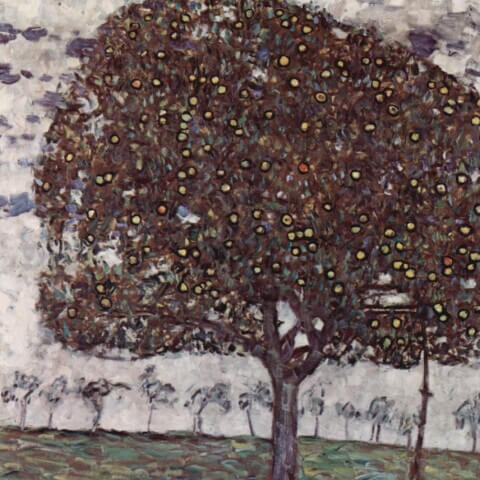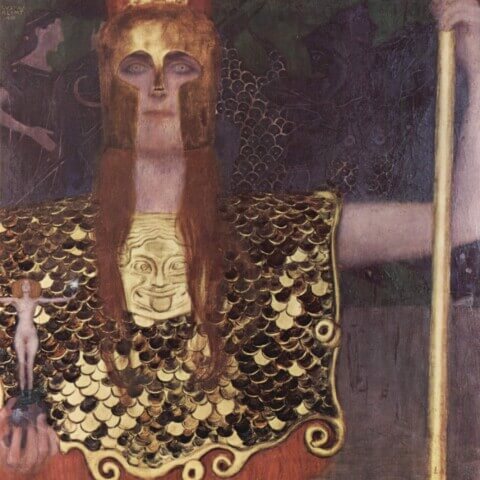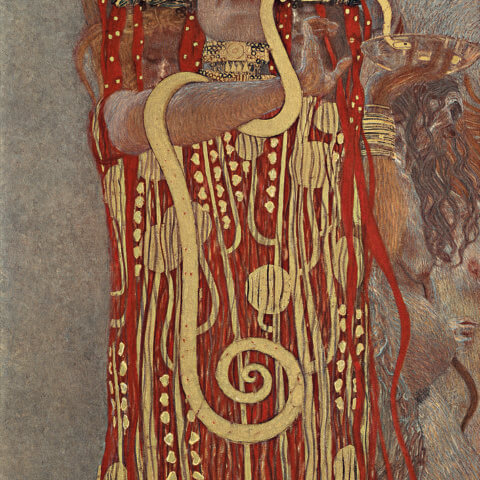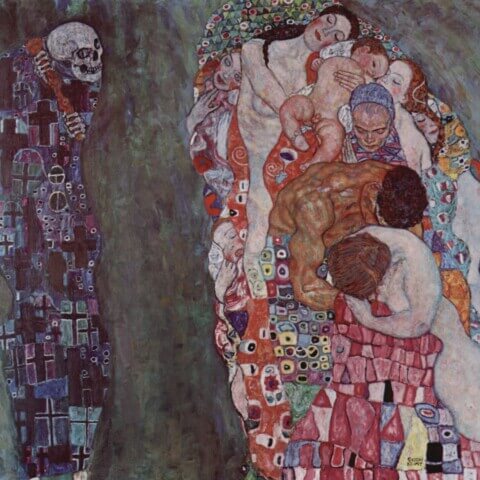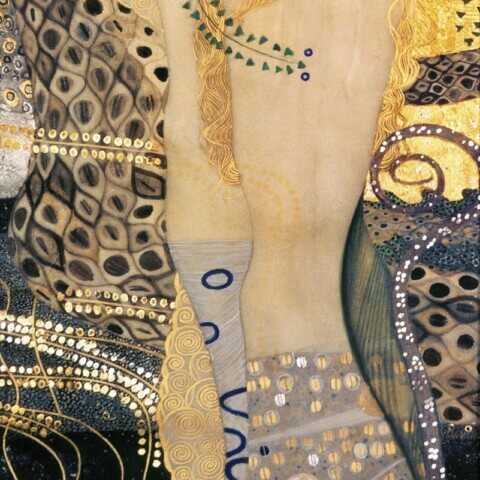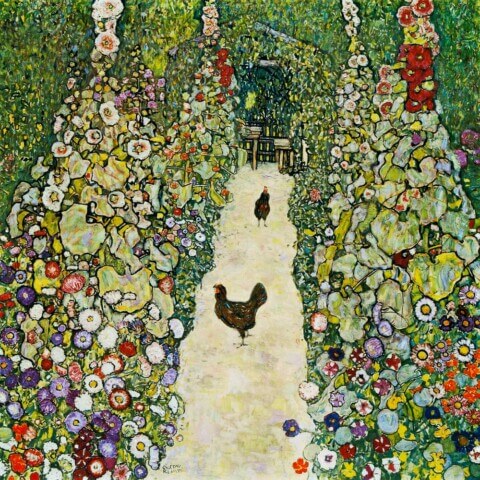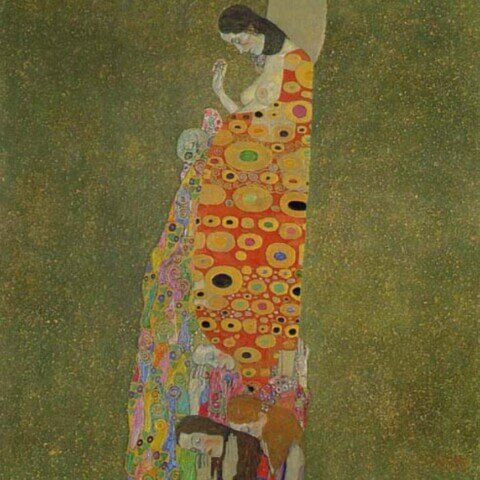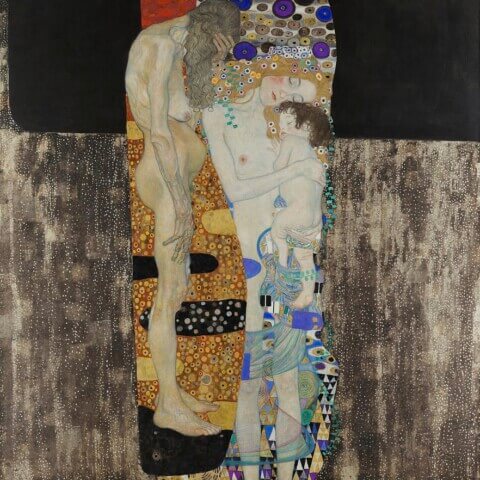Gustav Klimt
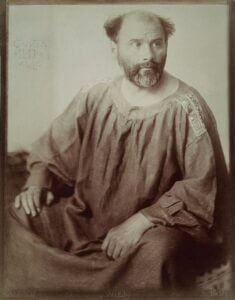
Gustav Klimt (July 14, 1862 – February 6, 1918) was an iconic Austrian symbolist painter known for his distinctive and often controversial artistic style. His work, characterized by its decorative, erotic, and allegorical subject matter, made a significant impact on the Vienna Secession movement, a progressive alliance of artists seeking to break away from the conservative conventions of academic art in the late 19th century.
Born into a poor family in Baumgarten, near Vienna, Klimt showed an interest in art from a young age. After studying at the Vienna School of Arts and Crafts, he began his career creating architectural decorations. Along with his brother and a friend, he formed a team known as the “Company of Artists”, which received commissions for decorative work in public buildings.
However, it was Klimt’s independent work that truly made waves in the art world. His paintings, murals, and sketches often emphasized symbolic, erotic, and allegorical themes, frequently drawing criticism but also acclaim for their unique style. Klimt’s usage of symbolic and erotic imagery stirred controversy but also cemented his reputation as a bold, innovative artist. His technique was characterized by the intricate, ornamental details and flattened, two-dimensional forms, showing the influence of both Byzantine mosaics and Japanese prints. The frequent use of gold leaf in his paintings became a hallmark of his style, notably seen in one of his most famous works, “The Kiss” (1907-1908).
In 1897, Klimt became a founding member and the first president of the Vienna Secession, an art movement that sought to provide exposure to unconventional and experimental artistic voices. The movement was marked by its openness to a wide range of artistic influences and styles, from traditional to radical. Klimt’s own work was prominently featured in the group’s exhibitions, making a powerful statement about the group’s defiance of artistic norms.
Despite his controversial career, Klimt’s influence on Austrian art was profound. His innovative approach to painting pushed the boundaries of what was considered acceptable in art, paving the way for other artists to explore similarly challenging themes and styles. He is now considered one of the most significant painters of the 20th century, with his works being highly sought after by collectors and featured in major museums worldwide.
Klimt passed away in February 1918 from complications related to a stroke. His death marked the end of a notable career, but his artistic legacy continues to thrive and inspire to this day. His impact on the world of art is undeniable, with his innovative and controversial style continuing to captivate audiences, challenge norms, and stimulate discussions about the nature of art and its boundaries.

